Here's how to fix dog pee damage on your lawn
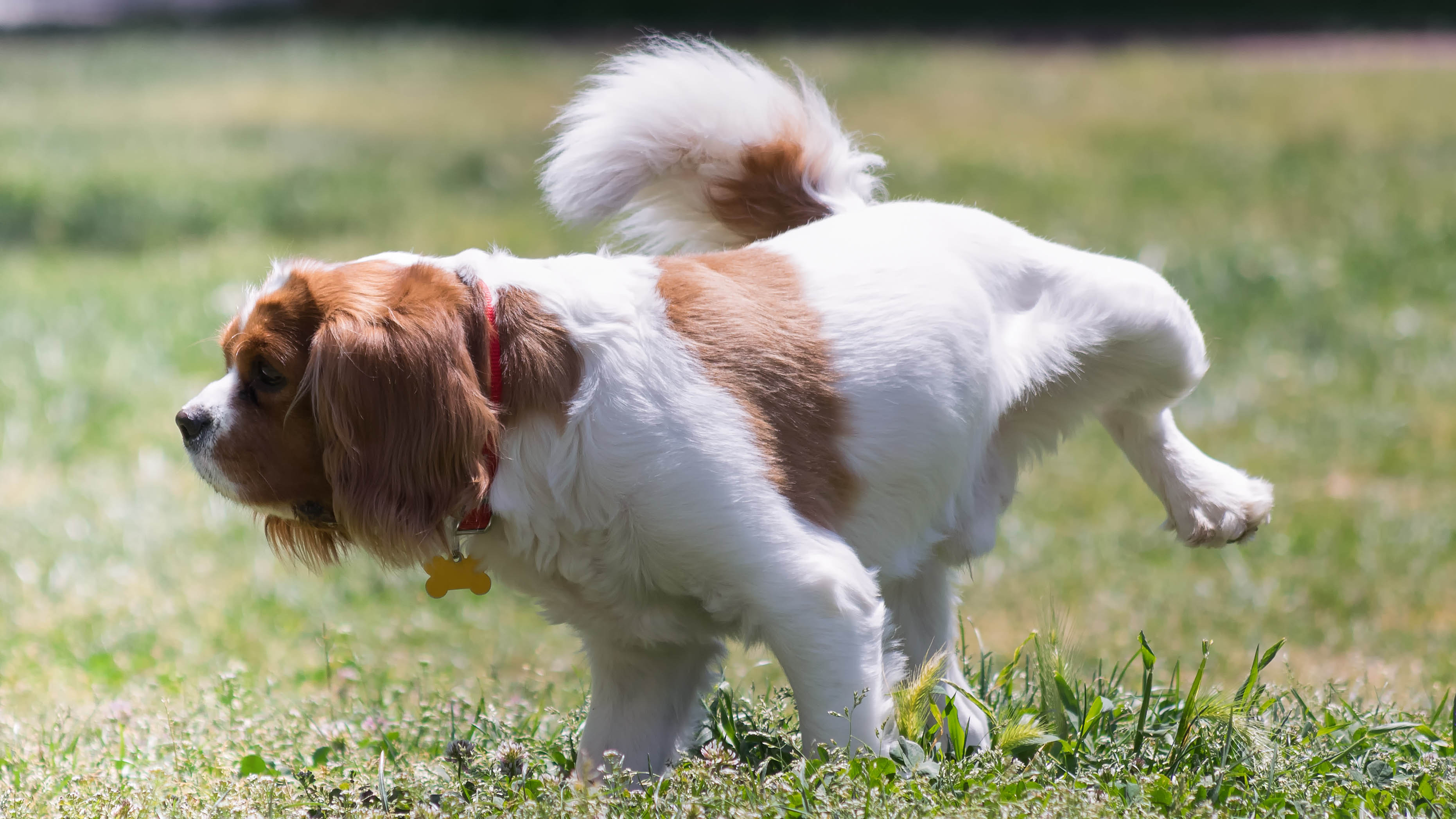
There’s nothing so frustrating as spending endless hours caring for your lawn, avoiding these 7 common lawn care mistakes and learning how to kill weeds naturally, only to realize that your dog has peed right in the middle of it. Dog urine can cause a lot of damage to a lawn, particularly if they visit the same spot or you’ve got more than one pet contributing.
The result is a patch of discolored grass, which may be dead in the center or dark green and vibrant with health. In either case, it’s not a great look compared to the rest of your lawn. Thankfully, there are steps you can take to fix this pee patch and blend it back in. Here, we discuss what happens to your grass when exposed to dog urine, and why it changes color. We will also go into the steps you can take to repair your lawn as well as tips to prevent so much damage in the future.
What happens when a dog pees on the grass?
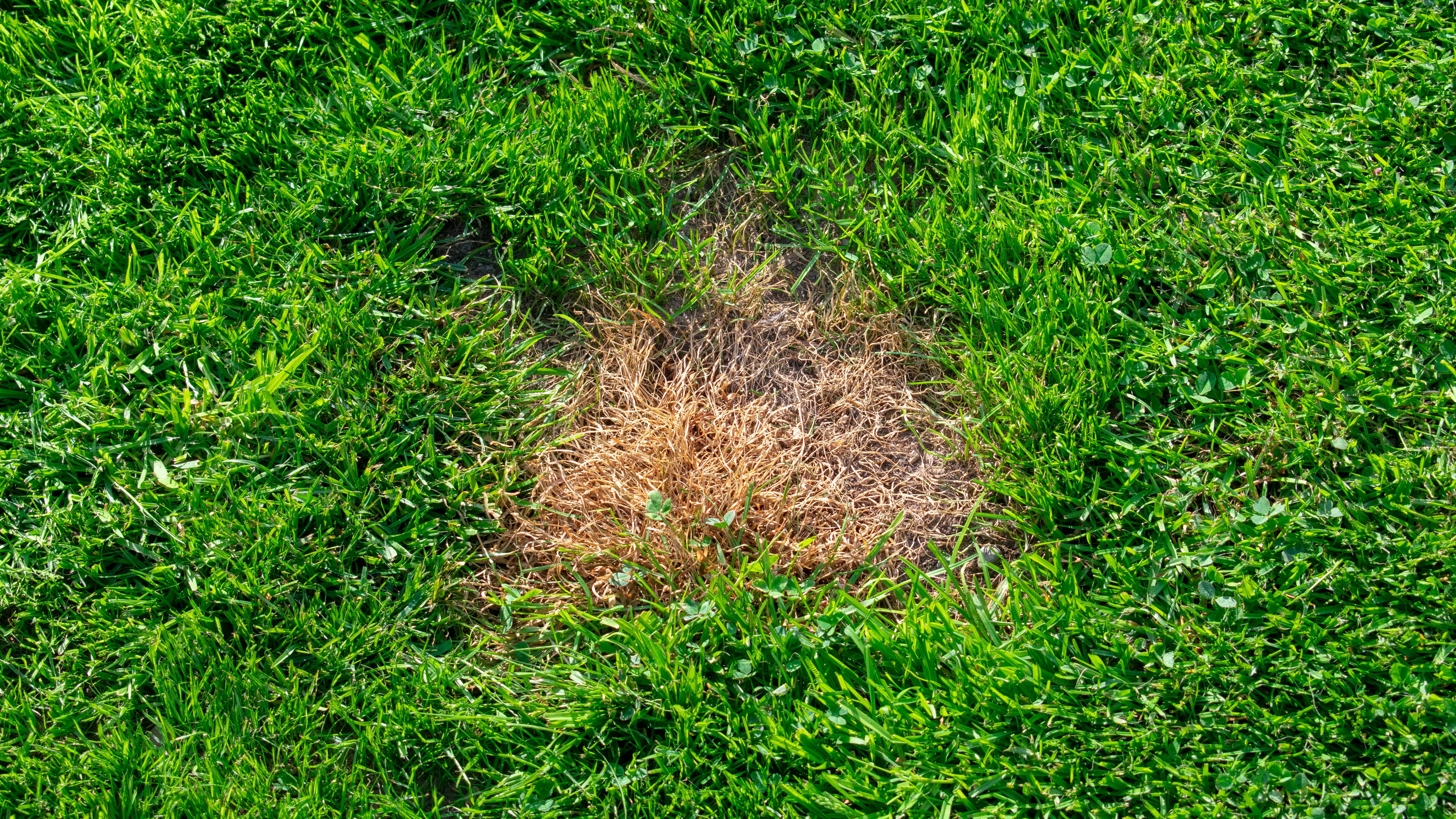
Dog urine contains more than just water, which I’m sure you can tell from the smell! Amongst its many elements, it’s rich in nitrogen from urea. This is because your dog consumes a lot of protein in its meals, which is then broken down and secreted in the urine as urea. Salts will be carried in the urine too, including sodium, potassium and chlorides.
If you’re an expert on fertilizing your lawn and the chemicals involved, you will know that nitrogen and salt are fundamental to your lawn’s health. Grass needs the right amount of both to promote healthy growth. However, you might also know that too much can do damage. The overapplication of chemical fertilizers leaves ‘scorch marks’ behind because excess moisture is absorbed from the roots, turning the leaves brown and eventually killing the plant. That’s why you always need to apply the right amount of fertilizer and make sure it’s well watered in after application. Failing to do this is one of the 5 mistakes you make when applying fertilizer to your yard.
Dog urine will have much the same effect because of its nitrogen/salt properties. While it might encourage sudden growth, it can also leave damage behind (especially if your dog continually urinates in the same spot). That’s why you get different colors of grass — depending on your lawn’s health and the concentration of urine, it can turn brown and die from too much exposure, appear green and vibrant because the nutrients in the soil have been improved, or it can yellow from having too much nitrogen in the soil, but not overkill.
If so much has been applied that the grass has died, it might even result in layers of all three expanding away from the center as it dilutes outwards. In any case, you’re left with discoloration which you’ll want to fix. There’s different solutions depending on the color of the grass. We explain each here:
1. What to do if the grass is brown
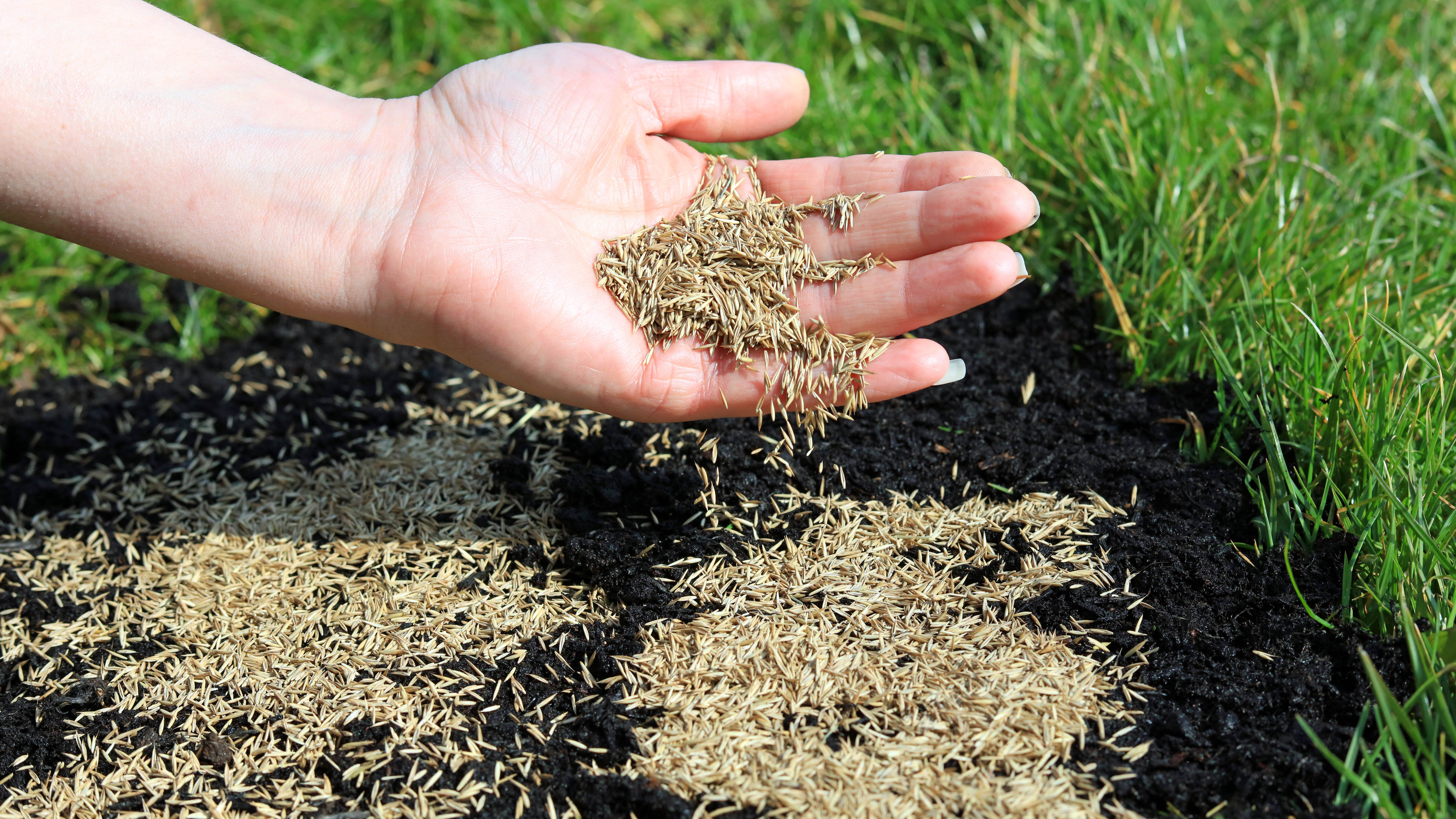
If the grass is brown and dry, unfortunately it’s dead. There’s nothing you can do to restore it, so fresh grass seed is the answer. But, before you start seeding, there’s a few steps you must take first:
Get instant access to breaking news, the hottest reviews, great deals and helpful tips.
1. Remove the dead grass and thatch using a metal rake or garden fork — you can then pick up the remains wearing a pair of the best gardening gloves to reveal a bare patch of soil.
2. Next, use a hose to water that area of soil and dilute the remaining nitrogen and salts. When the soil is moist, but not soggy, break it up and turn it over.
3. Combine ⅔ topsoil with ⅓ peat moss and then add that to the soil, mixing it in well. Do not add fertilizer if you can help it — the soil likely still has plenty of nitrogen in it.
4. Distribute your grass seed by hand over the patch — make sure to apply evenly, following the packet instructions for the suggested amount. You don’t want to apply too much or it will over compete for the space and impact growth, but you still need to be generous or the growth will be thin.
5. Pull the topsoil over your seeds with a rake, leaving them about ¼-inch deep. Mulch or compost on top can help protect seeds from the wind and birds. Mulch helps deplete nitrogen from the soil too, which can help if there’s still an excess.
6. Water regularly — 1-2 times a day to start, and keep footfall (including your dog) clear of the patch as it grows.
2. What to do if the grass is yellow
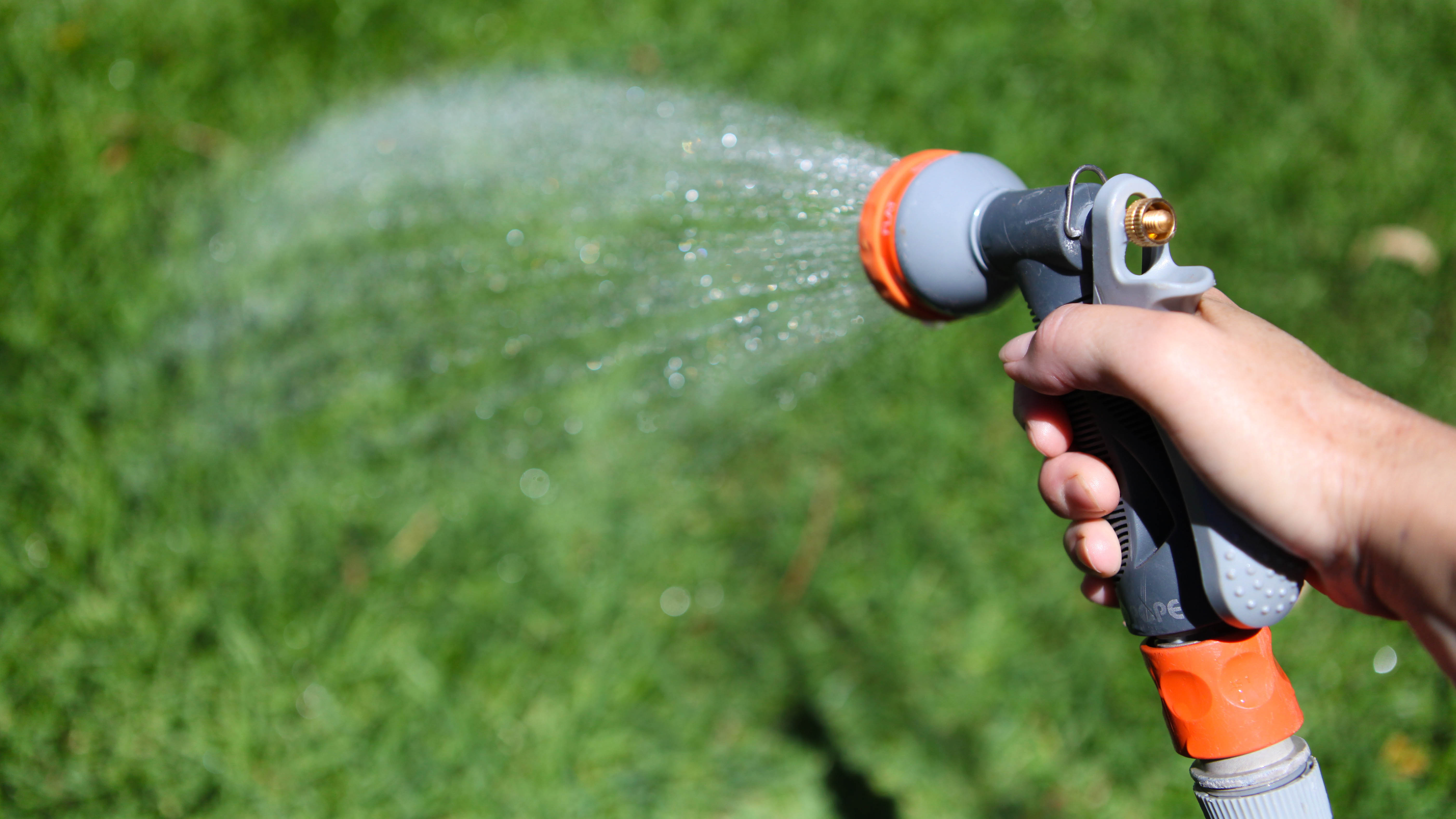
Your grass has likely taken some damage if it’s yellow, but there’s still time to fix it.
1. Flush the patch with water as soon as you can to dilute the nitrogen and salt in the soil. This gives your grass some much needed moisture.
2. Make sure it receives adequate sunlight, but not too much. The best amount will vary depending on the grass seed type, but something as simple as trimming back the trees can improve conditions.
3. Water infrequently in the mornings, but as regularly as your grass will allow without drowning it. This will help dilute the remaining nitrogen and salts.
4. Take care when adding fertilizer — if there’s more nitrogen involved, it may make things worse.
5. There are products you can buy which can target yellow patches of lawn caused by dog pee, an example of this being See Spot Run Dog Urine Neutralizer for Lawn Protection ($34, Amazon).
6. Once your grass has recovered enough, you can aerate the soil to improve air circulation to the roots. Your grass should bounce back to its green color soon enough.
3. What to do if the grass is green
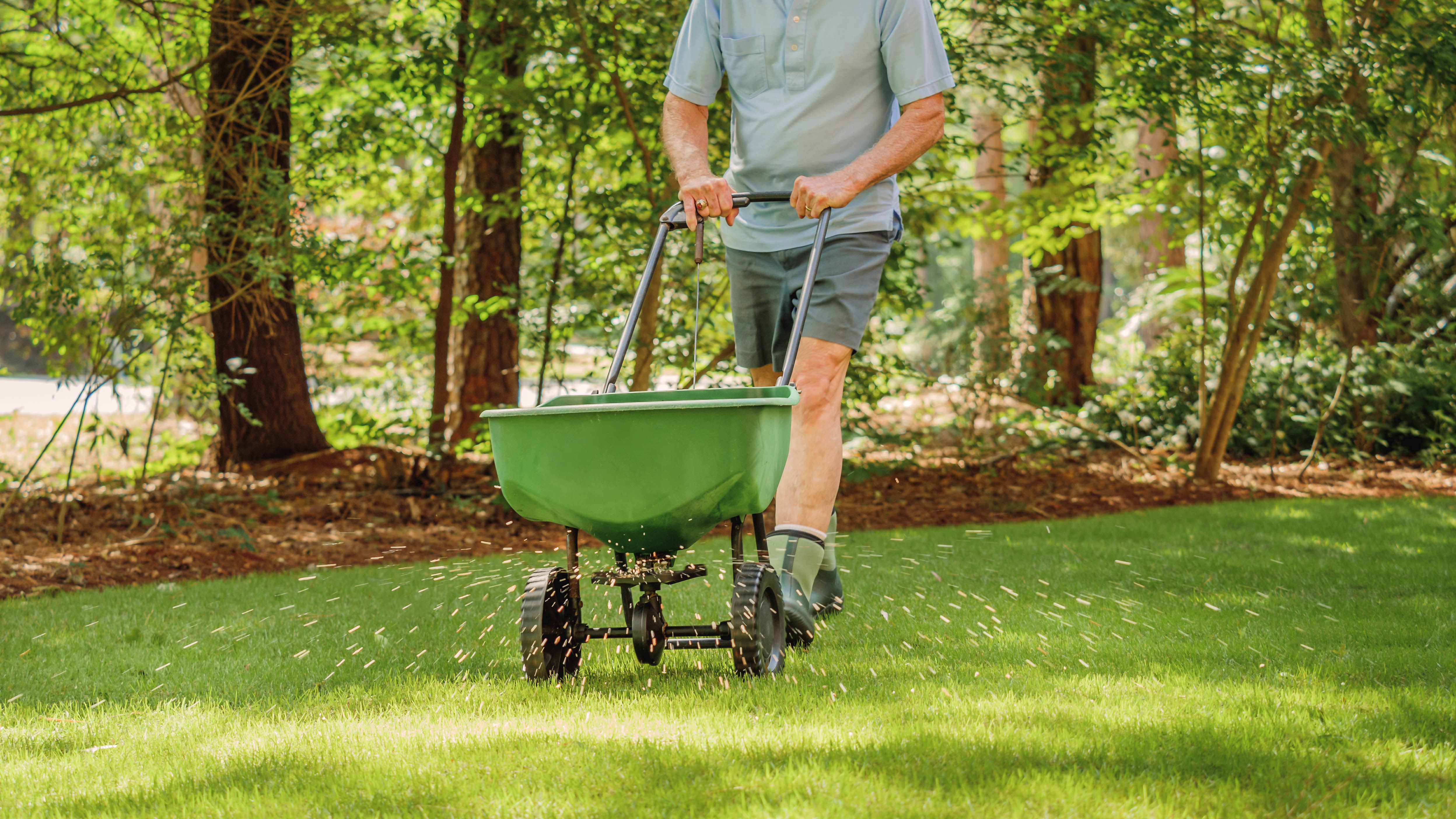
If your dog’s pee has actually improved conditions for a patch of grass, it’s not a good sign for the rest of your yard. It means your soil is lacking in nutrients. To fix this discoloration, you need to give the rest of your yard the same treatment.
1. First, use a soil test kit to confirm the conditions for the majority of your yard. An example of this would be the MySoil Soil Test Kit ($29, Amazon). The likelihood is your soil will be lacking in nitrogen and other potential nutrients too.
2. Before you fertilize, mow the lawn and use a rake to remove any debris. It’s a good idea to water it a few days beforehand as well so it can better absorb the solution.
3. Make the necessary amendments to the soil with the most appropriate fertilizer. Find a fertilizer which provides what your lawn is missing and then apply it using a spreader across the entirety of your lawn, with the exception of your new green patch of grass if possible. Make sure you apply evenly so you don’t scorch more areas of your lawn.
4. Remember to water in your fertilizer once applied. Some require this immediately, while others may need time to work first — check the instructions for guidance.
5. Fertilize as often as required going forward to keep your soil’s conditions in check — you can always use a soil test kit if in doubt.
Bear in mind that fresh urine patches might now turn brown as a result of fixing this lack of nitrogen — so you may need to follow the above steps as a consequence.
Ways to protect your lawn in the future
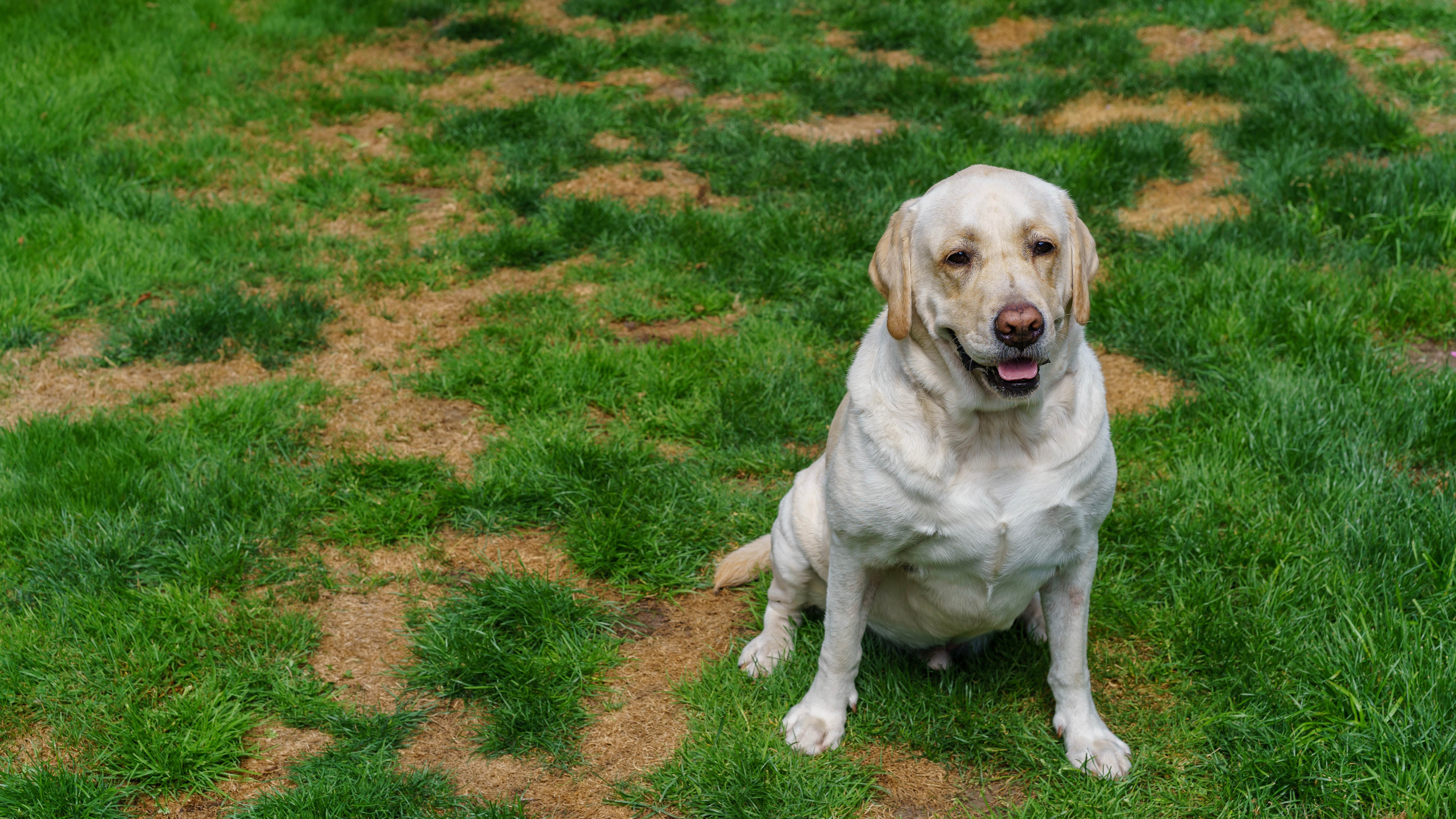
- Leave your grass long — this will lessen the impact of the nitrogen. It will improve its drought-tolerance and cover out weeds too.
- Train your dog to pee in a designated spot where you can better control the damage. An item such as Simple Solution’s Pee Post Outdoor Potty Training Aid ($23, Amazon) can help with this. Pick a spot lined with mulch to save your grass.
- Water the spot as soon as your dog is finished — this will dilute the nitrogen and weaken its concentration.
- Some grass types are more urine-resistant than others, such as perennial ryegrasses and fescues, so you can swap out your lawn and take advantage of these. But, keep in mind that they’re not urine-proof and can still take damage over time.
- Make sure your dog is getting enough water. This will help dilute the urine and lessen its effect on your grass.
More from Tom's Guide

Katie Mortram used to be a Homes Editor for Tom's Guide, where she oversaw everything from kitchen appliances to gardening tools, as well as smart home tech. Specializing in providing expert advice for cleaning and home manintenance, she now works as Household Advice Editor for Good Housekeeping.
